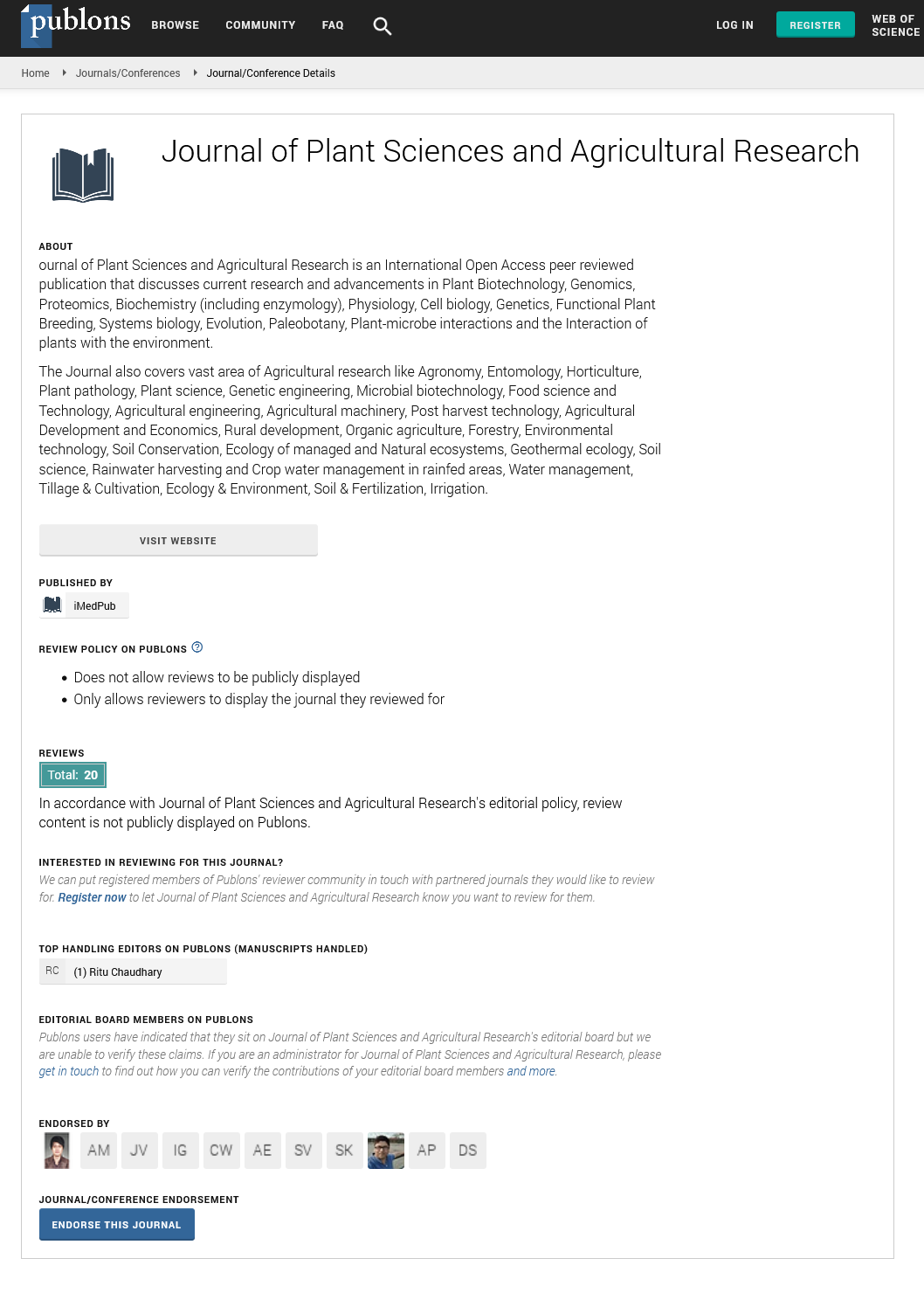Abstract
Assessment of Molecular Diversity among Maize Inbreds using Sequence Related Amplified Polymorphism (SRAP) Markers
Genetic variance and association between 11 maize inbred lines were assessed using Sequence Related Amplified Polymorphism (SRAP) markers. Out of 13 SRAP marker combinations used, 11 were observed to be polymorphic obtaining a PIC value of 0.632. The assessment of Jaccard’s similarity coefficients varies between 0.69 to 0.97 among tested genotypes. Genotypes 3, and 4 (Pop 45– C8 -72-2-1-1-2 and Pob 31 23-1-1-1-1- 2-1/2# 2-2 to 6) were found to be most divergent with a similarity coefficient of 0.69. SRAP data were used to construct a dendrogram that divided the tested genotypes into two groups each having three clusters where the first subgroup (Aa) contains a single genotype G3 in Cluster II shared similarity with Cluster I with a similarity coefficient of 0.90. Between genotype G10 (Tarun 6-5-3-1-2-1-1-1) and G11 (V 116- 1) of cluster III of subgroup (Ab), the maximum similarity was found with a similarity coefficientof0.97. This work proved that the SRAP markers system is highly efficient for the identification of potential donors for the maize breeding program. Due to the use of lesser markers, a lesser number of parents with diverse origins were identified therefore more coverage of markers will be required in the future.
Author(s): Himanki Dabral, Ramesh Kumar Singh, Dinesh Chandra Baskheti, Rajeev Singh, Arkaja Goswami and Anu Singh
Abstract | Full-Text | PDF
Share This Article
Google Scholar citation report
Citations : 135
Journal of Plant Sciences and Agricultural Research peer review process verified at publons
Abstracted/Indexed in
- Google Scholar
- Publons
- Secret Search Engine Labs
Open Access Journals
- Aquaculture & Veterinary Science
- Chemistry & Chemical Sciences
- Clinical Sciences
- Engineering
- General Science
- Genetics & Molecular Biology
- Health Care & Nursing
- Immunology & Microbiology
- Materials Science
- Mathematics & Physics
- Medical Sciences
- Neurology & Psychiatry
- Oncology & Cancer Science
- Pharmaceutical Sciences
